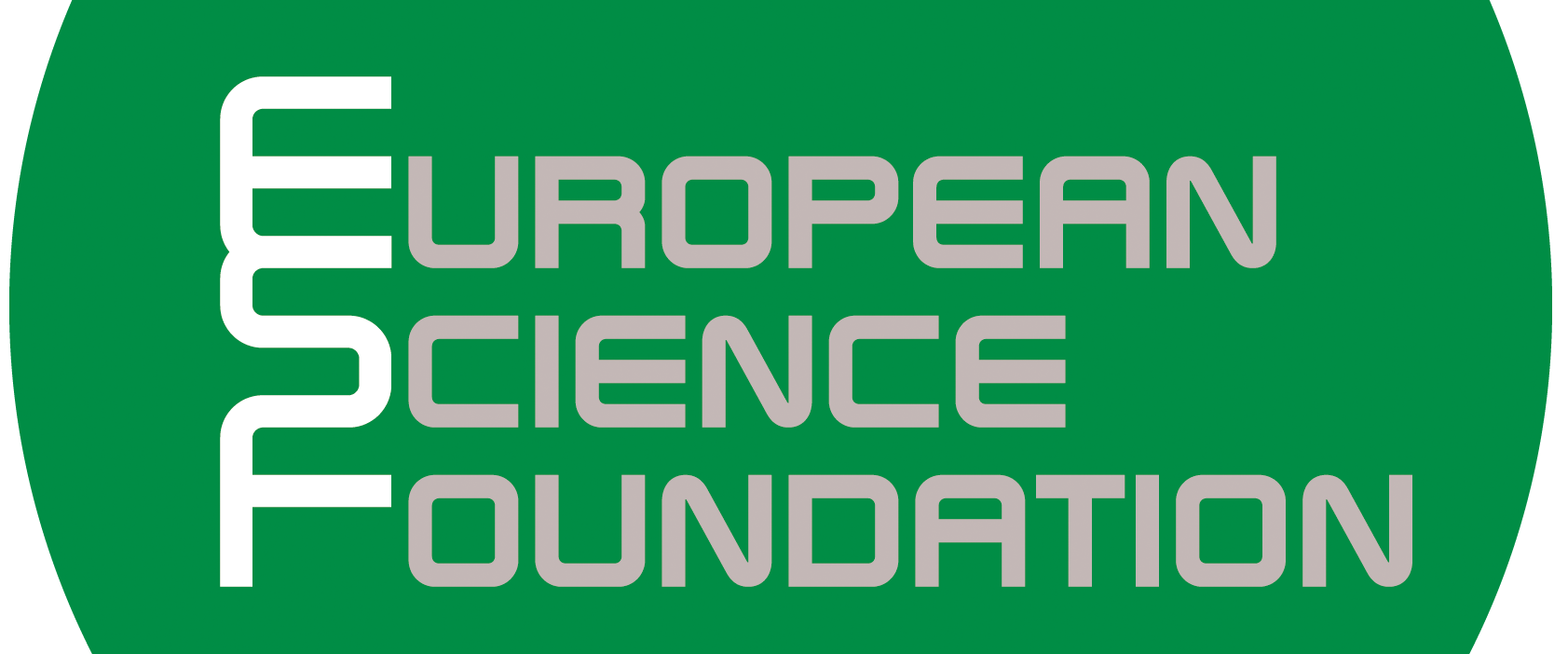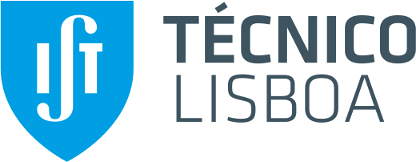VIII Workshop on Symplectic Geometry,
Contact Geometry, and Interactions.
January 30 — February 1, 2014
Instituto Superior Técnico,
Lisboa, Portugal
Abstracts
Paul Biran: The Lagrangian cubic equation
We will discuss calculation of new and older invariants associated to the Floer homology of Lagrangian spheres and other manifolds. We will also explain the relation of these invariants with the ambient quantum homology, and in particular how they can be extracted from a cubic equation associated to the Lagrangian submanifolds. Finally, we will discuss how these invariants behave under Lagrangian cobordisms. Joint work with Cedric Membrez.
Matthew Strom Borman: Spherical Lagrangians via ball packings and symplectic cutting
In this talk I will present a proof of the connectedness of symplectic ball packings in the complement of a spherical Lagrangian, \( S^2\) or \(RP^2 \), in symplectic manifolds that are rational or ruled. I will then explain some of the applications of this result such as: unknottedness results for spherical Lagrangians, the transitivity of the action of the symplectic Torelli group, and classifying Lagrangian isotopy classes in the presence of knotting. This is joint work with Tian-Jun Li and Weiwei Wu.
Sylvain Courte: h-cobordisms and flexible Weinstein structures
We will discuss how to construct non-diffeomorphic high-dimensional contact manifolds with isomorphic symplectizations. This will make use of the s-cobordism theorem as well as Cieliebak and Eliashberg's results on flexibility of Weinstein structures. Then we will explain that these non-diffeomorphic contact manifolds become in fact contactomorphic after some stabilization process that we will describe.
Ana Lecuona: Slice pretzel knots: Casson-Gordon invariants vs. Heegaard-Floer correction terms
In this talk we will discuss when do pretzel knots in the three sphere bound embedded discs in the four ball. Such pretzel knots are called slice and their double branched covers are the boundary of rational homology balls. In order to determine which of these three manifolds bound rational homology balls we shall use the Casson-Gordon invariants as well as the d-invariants from Heegaard-Floer homology.
Leonardo Macarini: Dynamical convexity and elliptic orbits for Reeb flows
A classical conjecture in Hamiltonian Dynamics states that the Reeb flow of any convex hypersurface in even-dimensional Euclidean space carries an elliptic closed orbit. Dell'Antonio-D'Onofrio-Ekeland proved it in 1995 for antipodal invariant convex hypersurfaces. In this talk I will present a generalization of this result using contact homology and a notion of dynamical convexity first introduced by Hofer-Wysocki-Zehnder for tight contact forms on the 3-sphere. Applications include geodesic flows under pinching conditions, magnetic flows and toric contact manifolds. This is joint work with Miguel Abreu.
Emmy Murphy: Exotic Lagrangians in \( \mathbb{C}^n \)
Using the methods of Lagrangian caps, we construct new examples of Lagrangian embeddings and immersions in symplectic \( \mathbb{C}^n \). For instance, we construct Lagrangians of Maslov class zero of any 3-manifold of the form \( (S^1 \times S^2) \# \, M \). These examples have infinite relative Gromov width, and do not admit a uniruling by holomorphic disks. We discuss the construction of such Lagrangians, and demonstrate their properties. As time allows we discuss exotica in other symplectic manifolds, in particular exact Lagrangian embeddings in symplectizations.
Alexandru Oancea: Completing manifolds in Morse theory
I will explain through examples the notion of a completing manifold, a geometric tool for detecting perfect Morse functions which goes back to the work of Morse and Bott-Samelson. This notion has remarkable applications to the computation of the homology of loop and path spaces on manifolds that admit large groups of symmetries. The talk is based on joint work with Nancy Hingston.
Milena Pabiniak: Symplectic toric manifolds as centered reductions of products of weighted projective spaces
We prove that every symplectic toric orbifold is a "centered" symplectic reduction of a Cartesian product of weighted projective spaces. Reduction is centered if the level set contains central Lagrangian torus fiber of the product of weighted projective spaces. In that case one can deduce certain information about non-displaceable sets or existence of quasimorphisms. For example, a theorem of Abreu and Macarini shows that if the level set of the reduction passes through a non-displaceable set then the image of this set in the reduced space is also non-displaceable. Using this theorem and our result we reprove that every symplectic toric orbifold contains a non-displaceable fiber and identify this fiber. Joint work with Aleksandra Marinkovic.
John Pardon: Implicit atlases and virtual fundamental cycles
An implicit atlas on a (moduli) space consists of certain auxiliary (moduli) spaces satisfying a precise set of axioms. We will summarize the construction of implicit atlases on moduli spaces of J-holomorphic curves, under the assumption of a precise "strong gluing" theorem (one which we expect to follow from standard techniques). We will also describe an algebraic "theory of virtual fundamental cycles" (which does not use perturbation) in the abstract setting of spaces equipped with implicit atlases. This "VFC package" is sufficient to define Floer-type homology theories from a collection of (moduli) spaces equipped with a compatible system of implicit atlases.
Dietmar Salamon: GIT and the moment-weight inequality
In this lecture I will explain the moment-weight inequality, and its role in the proof of the Hilbert-Mumford numerical criterion for \( \mu \)-stability. The setting is Hamiltonian group actions on closed Kaehler manifolds. The moment-weight inequality relates the Mumford numerical invariants to the norm of the moment map on the complexified group orbit. Key ingredients in the proof are the negative gradient flow of the moment map squared and the Kemp-Ness function. This is joint work with Valentina Georgoulas and Joel Robbin, based on conversations with Xiuxiong Chen, Song Sun, and Sean Paul.
Claude Viterbo: Non convex Aubrey-Mather theory
Frol Zapolsky: Contact rigidity and quasi-morphisms on contactomorphism groups
I will outline the construction of homogeneous quasi-morphisms on contactomorphism groups of prequantization spaces over certain monotone toric symplectic manifolds and show how they can be used to detect a hierarchy of rigid subsets in these contact manifolds. Time pernitting, I will describe other applications of these quasi-morphisms as well as how to enlarge the class of symplectic manifolds admitting a prequantization space whose contactomorphism group carries a homogeneous quasi-morphism. Based on joint work with M. Strom Borman.





